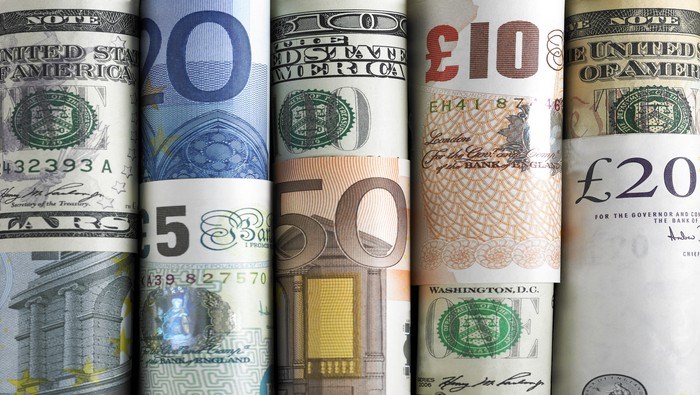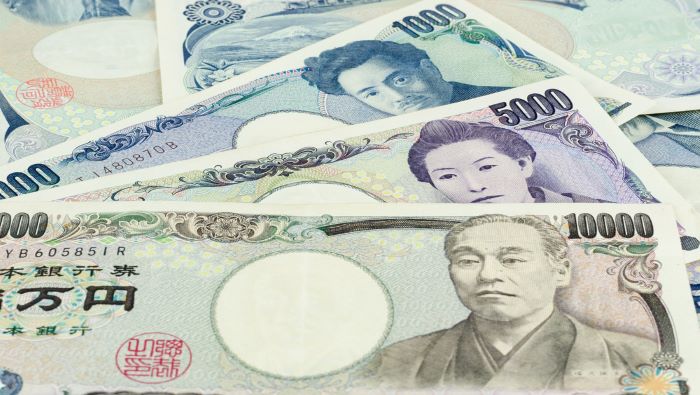AUD/USD, Australian dollar - Talking Points:
- AUD/USD plunged after RBA’s widely expected 25bps rate hike.
- Key focus is now on US Fed Chair Powell’s testimony to lawmakers later today and tomorrow.
- What is the outlook on AUD/USD?



AUD/USD plunged after the Reserve Bank of Australia hiked the benchmark cash rate by 25 basis points in an attempt to control inflation running at three-decade highs and left the door open for further rate hikes, raising concerns that the central bank could overtighten.
The Reserve Bank of Australia raised the cash rate by a quarter percentage point to 3.60% and said further tightening of monetary policy will be needed. The move was widely expected after inflation rose to a three-decade high last quarter, well above the central bank’s target range of 2%-3%. Last month, the bank abandoned its previous plan to pause at 3.35% and signaled more hikes would be needed. The RBA is not an exception in warning of further tightening. Central bankers, including the US Fed and the European Central Bank, have said more work needs to be done to tackle inflation.
AUD/USD 5-minute Chart

Chart Created by Manish Jaradi; Source: TradingView
Meanwhile, China on Sunday set a growth target of around 5%, below last year’s target of around 5.5% at the annual session of its National People’s Congress. The target was at the lower end of the range expected by analysts, weighing on AUD/USD. However, stronger-than-expected China manufacturing and services activity data last week indicates that the economic reopening is beginning to show in activity data. Given that China is Australia’s biggest export market, any improvement in China’s growth outlook could boost Australia’s growth prospects.
For now, though, the focus is on US Fed Chair Powell’s semi-annual testimony to lawmakers later today and tomorrow. His remarks will be closely watched as financial markets look for further guidance on monetary policy given strong US data in recent weeks. In particular, markets will be watching for cues regarding the Fed’s hiking path, particularly if policymakers are contemplating resorting to aggressive rate hikes. In his previous appearance a month ago, Powell emphasized the ‘disinflation’ theme and stopped short of adopting an aggressive tone following a solid US jobs report. US rate futures are pricing in the Fed’s target rate to peak around 5.48% in September from the current 4.50-4.75%, compared with under 5% at the end of January.
Australia Rates Expectations

Chart Created by Manish Jaradi; Source: Bloomberg
In contrast, Australia's macro data since the beginning of March have been underwhelming, as reflected in the Economic Surprise Indices (ESI) - the Australian ESI is languishing around the 2020 lows, while its US counterpart is at the highest level in 10 months. The diverging growth outlook has weighed on AUD/USD in recent weeks.
AUD/USD Daily Chart

Chart Created Using TradingView
On technical charts, AUD/USD has faced stiff resistance at last week’s high of 0.6780, roughly coinciding with the 89-period moving average and the upper edge of the Ichimoku cloud on the 240-minute charts. Since the decline began in February, AUD/USD hasn’t been able to cross the 89-PMA and the upper edge of the Ichimoku cloud, so a break above would raise the odds that the pair has found an interim floor. Such a break could pave the way toward the late-February high of 0.6920.
On the downside, AUD/USD has quite a strong cushion at the late-November low of 0.6585 – the pair needs to hold above the support for the four-month-long uptrend to remain intact.
Trade Smarter - Sign up for the DailyFX Newsletter
Receive timely and compelling market commentary from the DailyFX team
--- Written by Manish Jaradi, Strategist for DailyFX.com






